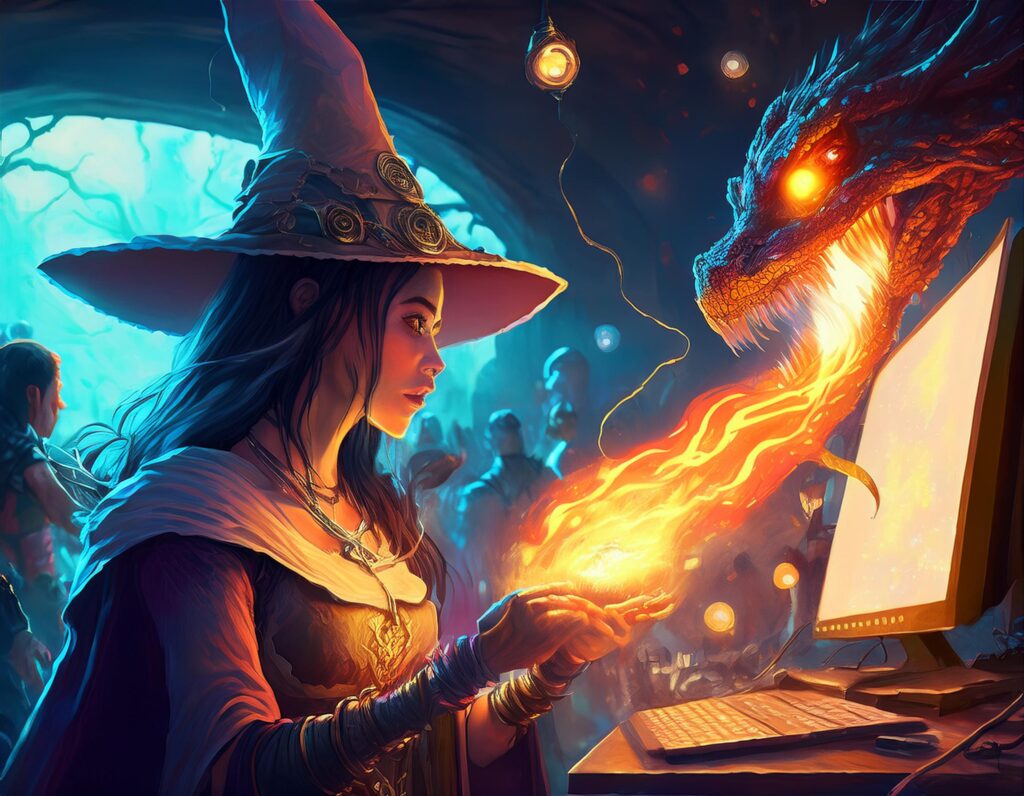Deep Seek and Innovation is transforming the AI landscape, breaking down barriers that once kept artificial intelligence in the hands of a few powerful tech moguls. With the rise of open-source AI, individuals, startups, and entire nations can now access and build upon cutting-edge AI technology like never before. This marks a seismic shift in AI development—one that is redefining who can participate, innovate, and lead in this
Deep Seek and Innovation: The Great AI Equalizer
The Rise of Deep Seek and Innovation in AI
For decades, artificial intelligence has been controlled by a handful of powerful tech moguls. They held the secret recipe for large language models (LLMs), keeping the source code hidden from the world. But that era is over. The emergence of Deep Seek and Innovation is changing everything. The once-exclusive domain of AI is now open-source, allowing individuals, startups, and entire nations to participate in AI development on an unprecedented scale.
This is not just an incremental improvement—it’s a revolution. Deep Seek has shattered the barriers of cost, access, and efficiency. Instead of requiring an astronomical number of NVIDIA GPUs for training, Deep Seek has achieved something extraordinary: a model that runs efficiently on a fraction of the hardware. Even consumer-grade CPUs can handle execution, making it accessible to millions of developers worldwide.
The result? AI is no longer just a tool for trillion-dollar corporations. It’s now within reach for small businesses, independent researchers, and nations looking to compete in the AI race.

How Deep Seek and Innovation Unlocks a New AI Era
Traditional AI models like OpenAI’s GPT-4, Google’s Gemini, and Anthropic’s Claude are closed systems. Their creators dictate how they evolve, who can use them, and at what cost. Deep Seek disrupts this monopoly by providing an open-source alternative that’s just as powerful but infinitely more accessible.
Why is this significant?
- Cost Reduction: Training an advanced LLM previously required hundreds of millions of dollars. Deep Seek achieves similar performance with significantly lower hardware costs.
- Decentralization: AI development is no longer controlled by Silicon Valley giants. Now, universities, startups, and independent developers can contribute.
- Innovation Acceleration: Open-source models encourage experimentation, leading to breakthroughs that would have otherwise been stifled by corporate interests.
Deep Seek and Innovation is democratizing AI—something that was unimaginable just a few years ago.
A Natural Experiment in AI: What Happens When Everyone Has the Blueprint?
Economists and scientists have long been fascinated by natural experiments—situations where external forces create an opportunity to observe cause and effect in the real world. One such experiment won the Nobel Prize in Economics a few years ago: it studied how policy changes in education impacted long-term economic outcomes.
Deep Seek represents a natural experiment in artificial intelligence. For the first time in history, we are witnessing what happens when:
- An extremely powerful AI model is made open-source and accessible to all.
- Developers worldwide have full access to its core algorithms and training methods.
- AI innovation is no longer bottlenecked by a few tech conglomerates.
What will the results be with Deep Seek and Innovation?
- A new wave of AI applications: Expect rapid advancements in medicine, law, education, and finance as independent researchers integrate AI into their work.
- Surprising challengers: Previously unknown startups will rival OpenAI, Google DeepMind, and Meta AI.
- Geopolitical shifts: China, the EU, and emerging economies will leverage open-source AI to compete against the U.S. in tech dominance.
This is a real-world case of creative destruction, a concept coined by the economist Joseph Schumpeter. He argued that major economic progress happens when old industries are disrupted by radical new innovations. Deep Seek and Innovation is the latest example of this cycle in action.
The Fairytale Parallel: The Moment the Wizard Loses His Power
Throughout history, power has been held by those who control knowledge. Kings relied on scholars, merchants held trade secrets, and modern tech giants built moats around AI. But Deep Seek has rewritten the rules.
This moment is reminiscent of classic fairytales, where a powerful wizard loses control when the people discover his secrets. Consider these legendary stories:
- The Emperor’s New Clothes (Hans Christian Andersen) – The illusion of superiority is shattered when the truth is revealed.
- The Sorcerer’s Apprentice (Goethe) – When knowledge is shared, power shifts.
- The Wizard of Oz (L. Frank Baum) – The great and powerful figure turns out to be just a man behind a curtain.
Deep Seek and Innovation marks the moment when AI’s ‘wizard’ is unmasked. The secrecy is gone. The knowledge is now in the hands of the public.
20x More Efficient AI: The Hardware Revolution with Deep Seek and Innovation
Another mind-blowing aspect of Deep Seek and Innovation is its sheer efficiency. Traditional LLMs require thousands of GPUs to operate at scale. Deep Seek achieves the same results with only a fraction of the hardware.
- Instead of requiring 20,000 NVIDIA GPUs, developers can now train powerful AI models with far fewer chips.
- Execution (inference) no longer requires GPUs at all—CPUs are now viable options.
- This means AI is no longer limited to companies with billion-dollar budgets.
A 20x efficiency improvement is a paradigm shift. It allows smaller AI labs, universities, and even individual codersto develop competitive AI products.
Just imagine what happens when millions of entrepreneurs start training their own AI models—some of them will create groundbreaking innovations that rival today’s AI giants.
What Happens Next? The S-Curve of AI Growth
If you’ve read Play Bold, you already know that every major innovation follows the S-curve of disruption. First, there’s slow progress. Then, an inflection point is reached, leading to explosive growth.
Right now, we are at the beginning of a massive new S-curve in AI development. Here’s how it will unfold:
- Experimentation Phase (Now – 2026)– Developers worldwide will explore Deep Seek’s capabilities and begin customizing AI models for their industries.
- Breakthrough Phase (2026 – 2028)– The first major startups will emerge, challenging established AI players.
- Consolidation Phase (2028 – 2030)– Large acquisitions will take place as deep-pocketed firms acquire the best open-source AI projects.
This is the pattern that every major technology follows. First comes disruption, then a wave of innovation, and finally a period of consolidation.
The End of AI Monopolies? Or Just the Beginning of a New Era?
Will Deep Seek and Innovation destroy tech monopolies? Not necessarily. But it will force them to evolve.
Big Tech will no longer be the gatekeeper of AI knowledge. Instead, they’ll have to compete on execution, branding, and real-world applications. This is where creativity, strategy, and business acumen will determine success.
In the words of Joseph Schumpeter: “Creative destruction is the essential fact about capitalism.” The old AI economy is being replaced. The question is: are you ready to be part of what comes next?


